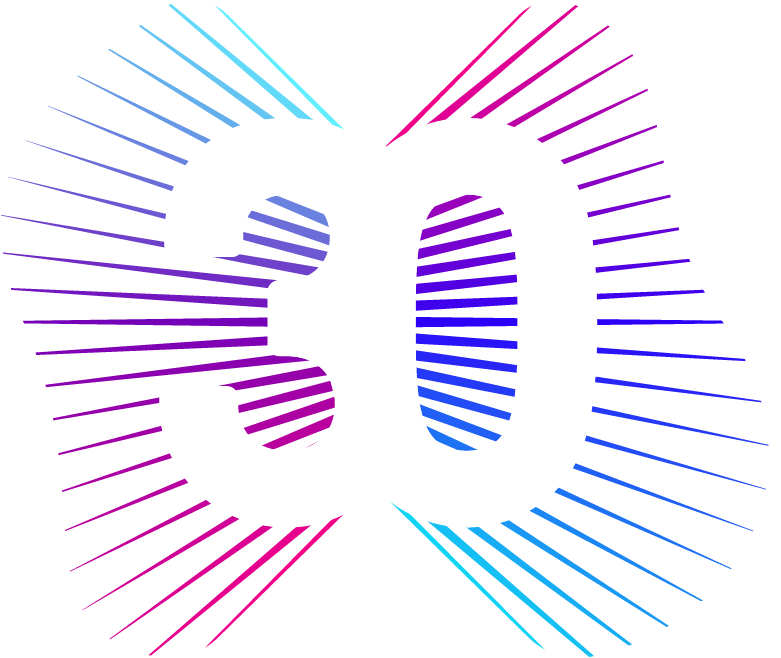 You may have seen the 2014 Community Well-Being Rankings, released this week by Gallup-Healthways. But what these types of rankings may mask is the wide range of well-being levels experienced by individuals within those metro areas, regardless of their ranking.
You may have seen the 2014 Community Well-Being Rankings, released this week by Gallup-Healthways. But what these types of rankings may mask is the wide range of well-being levels experienced by individuals within those metro areas, regardless of their ranking.
Mark Abraham, Executive Director of non-profit DataHaven, warns that rankings like these may be easily misinterpreted or misreported. While it may be interesting to see that Provo, Utah and Raleigh, North Carolina both rank at the top, their positions in the rankings may obscure crucial data points.
"There's far greater variation in well-being within each metro area than between one city and another," says Abraham.
Abraham will spend his time and DataHaven's effort this spring and summer proving this point. The group has launched the 2015 DataHaven Community Wellbeing Survey for Connecticut, on behalf of nearly 100 government, academic, and community partners. The Community Wellbeing Survey is the first statewide effort of its kind, and follows up directly on previously conducted surveys of thousands of randomly-selected adults within the metro-New Haven area. The group will collect data by conducting over 16,000 cell phone and landline interviews, and carefully analyzing results by city, town, and neighborhood. DataHaven's efforts, covering all cities and towns in Connecticut, will produce high-resolution pictures of local and neighborhood well-being, helping government agencies, community organizations and philanthropy and health professionals to understand their communities and make policy recommendations.
The DataHaven program was featured this week in NextCity, a national news publication on urban affairs and city planning. Results from previous DataHaven surveys have been used widely in news articles, classroom teaching, academic research, and regional publications, and recognized with national awards. Abraham has written previously about the potential pitfalls of city rankings.




